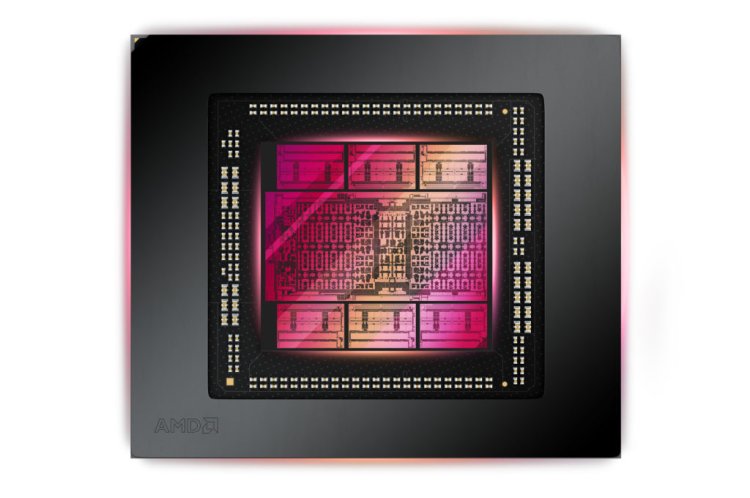Introduction: AMD's RDNA Architecture and Its Evolution
In 2019, AMD introduced RDNA, a revolutionary GPU architecture, marking a significant shift in their graphics chip design philosophy. This new architecture, which has undergone two major revisions, represents AMD's response to the evolving demands of the gaming and computing sectors. With RDNA, AMD aimed to create a versatile architecture that could excel in gaming performance while being efficient and scalable for other applications. This article delves into the RDNA architecture, assessing its technological advancements, gaming performance, and financial impact on AMD.

The Legacy of Graphics Core Next (GCN)
The Need for Change in AMD's GPU Strategy
- AMD's GPU offerings have traditionally been divided into two categories: gaming and high-performance computing (HPC), including supercomputers and machine learning systems.
- All these GPUs were rooted in the Graphics Core Next (GCN) architecture, which debuted in 2012 and continued for nearly a decade with several revisions.
GCN's Design and Scalability
- GCN, a complete overhaul of the TeraScale architecture, was designed for scalability and adaptability in both graphics and GPGPU applications.
- Its structure consisted of blocks of 4 Compute Units (CUs), each with 4 SIMD vector units for math operations and a single Scalar unit for integer logic operations.
Technological Components and Limitations
- The SIMD units had a 64 kB register file, sharing a 64 kB Local Data Share (LDS) and a 16 kB L1 data cache.
- Despite improvements in cache hierarchy in GCN 5.1, the architecture faced challenges in maximizing performance for gaming, as it was complex for developers to efficiently utilize the processing throughput and bandwidth.
Also Check Lenovo Legion Go
The Evolution of RDNA
RDNA: A Step Beyond GCN
- RDNA was not a complete departure from GCN but an evolution, maintaining fundamental GCN-like concepts while introducing significant tweaks to enhance game development efficiency.
- This evolution was akin to AMD's transition from previous CPU architectures to the Zen design in 2017, marking a significant shift in approach but not an absolute architectural reinvention.
RDNA 2: Advancing the Architecture
Key Innovations in RDNA 2
- Released during the global pandemic, RDNA 2 brought pivotal changes, including upgraded texture units for ray-triangle intersection tests and a substantial increase in the last level of cache (LLC).
- The introduction of 128 MB of LLC in the Navi 21 chip was a groundbreaking development, significantly expanding the GPU's capabilities beyond the previously considered 'large' 6 MB of LLC.
Impact on Ray Tracing and Cache Utilization
- The additions in RDNA 2 not only enabled efficient ray tracing capabilities but also redefined GPU cache standards, setting new benchmarks for future graphics processors.
Assessing RDNA's Performance in Gaming
Gaming Efficiency and Developer Accessibility
- RDNA architectures were designed to overcome the gaming performance limitations of GCN, focusing on easier accessibility and higher efficiency for game developers.
- This shift aimed to optimize processing throughput and bandwidth utilization, directly impacting gaming performance.
Financial Implications for AMD
RDNA's Contribution to AMD's Market Position
- The introduction and evolution of the RDNA architecture have had significant financial implications for AMD, particularly in competing with other major players in the GPU market.
- RDNA's performance in the gaming sector and its adaptability for high-performance computing have been crucial in strengthening AMD's market presence and financial stability.
Conclusion: RDNA's Place in AMD's Legacy
RDNA: A Success or a Setback?
- The question arises whether RDNA has replicated the monumental success of AMD's Zen architecture or if it has led to another scenario akin to the Bulldozer era.
- The advancements and market reception of RDNA suggest that it has been more of a success story, reflecting AMD's ability to adapt and innovate in the face of changing market demands and technological challenges.
- As RDNA continues to evolve, it will be interesting to see how AMD builds on this architecture to meet the future needs of both gaming and high-performance computing.





































